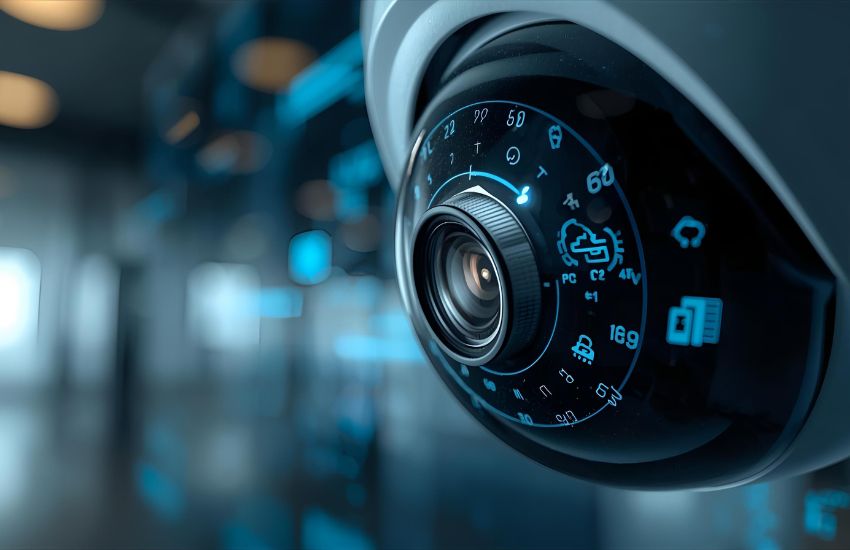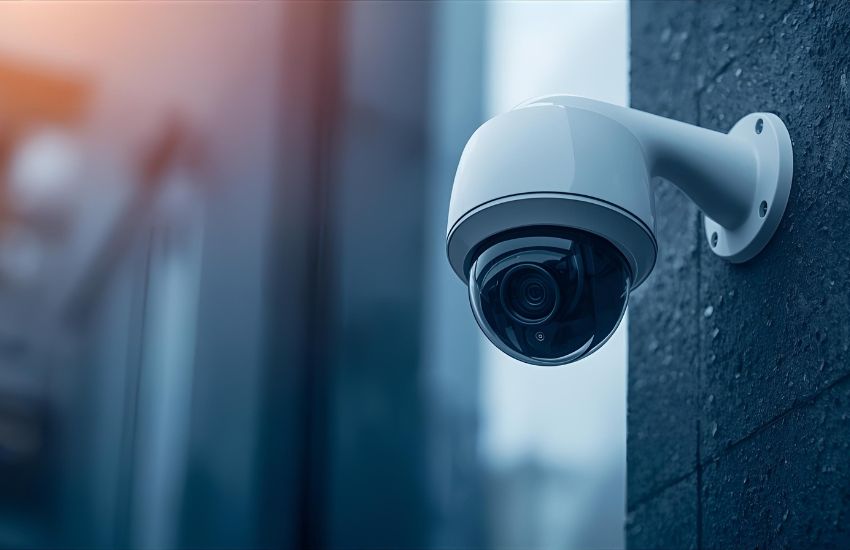A security camera is more than just a device capturing video; it serves as a vital component that can actively enhance your security system’s effectiveness. By integrating alarm input and output features, your camera can connect seamlessly with other security devices, enabling a swift response to potential threats. The ability to enable alarm output settings allows the system to trigger external alarms or sirens, providing immediate alerts when unusual activity is detected.
A camera enhances your security system by providing reliable, real-time monitoring and recording of activities. It acts as a powerful deterrent against intruders while enabling remote surveillance through innovative technology. High-definition video and smart features ensure accurate detection and quick response, making your security system both effective and modern.
This blog will explore the key aspects of how a camera enhances your security system, focusing on alarm input and output functions, wiring considerations, and setting configurations. You will learn how these features work together to provide a modern, reliable surveillance solution tailored to your safety needs.
How to Set Up Alarm Input and Output Settings for Your Security Camera System

Understanding Alarm Input and Output Terminals
To effectively use the alarm features of your security camera system, you first need to identify the alarm input and output terminals on your device. These terminals allow your system—whether it’s an IP camera, DVR, or NVR—to connect with external devices such as an external siren or other alert mechanisms. By properly connecting the leads to these terminals, you enable the system to detect specific alarm events and respond accordingly.
Configuring Output Settings for Alarm Events
Once physical connections are in place, you will need to configure the output settings within your security camera or recorder interface. This step is crucial to ensure that the system triggers the alarm output when a detection event occurs, such as motion or sensor activation. You can often set schedules to control when the alarm output is active, allowing you to tailor the security system’s response to your specific needs.
Integrating IP Camera Alarm with External Devices
Using the alarm feature of an IP camera alarm or a DVR/NVR system enables you to extend your security network’s functionality. For example, when the alarm input detects an event, the system can automatically activate an external siren or other warning devices. This integration enhances the overall effectiveness of your security camera system by providing immediate alerts that help deter potential threats.
By carefully setting up the alarm input and output, and managing your output settings, you ensure your security camera system operates smoothly and offers a reliable response to any suspicious activity.
See more about…Wireless Outdoor Security Camera System
Connecting and Enabling IP Cameras with DVR/NVR for Reliable Alarm and Siren Integration

Connecting and enabling IP cameras with your DVR or NVR is essential for creating a reliable alarm and siren integration that enhances your security system’s responsiveness. When you set the alarm through your device’s interface, you gain control over how and when alerts are triggered. Most modern models, such as those from Dahua, offer seamless compatibility between IP cameras and recorders, allowing you to enable alarm features that respond to motion detection or event triggers efficiently.
To maximize effectiveness, you should configure the system to respond to motion sensors or other input devices, ensuring that the alarm activates a loud siren without unnecessary delay. This automatic response helps deter intruders promptly while minimizing false alarms caused by device failure or other issues. Testing your setup regularly, including the alarm and siren functionality on both your mobile interface and hardware, is crucial to maintain reliability and performance.
Pay attention to the specific port and hardware requirements of your system to avoid connectivity problems. By carefully setting and enabling alarm features, you ensure that your security camera system provides robust protection with timely notifications and audible warnings when motion or other critical events are detected.
See more about…AI Security Camera System
Conclusion
To maximize the effectiveness of your security system, it is essential to properly enable and configure the alarm input and output features. The setup process allows you to activate crucial components such as buzzers and external sirens, providing timely alerts when security events occur. By carefully selecting the right options and ensuring a stable power supply, you can activate these features reliably to enhance your system’s responsiveness. With a well-configured setup, your security camera system becomes a powerful tool that not only records but also actively protects your property by enabling alarm features that respond instantly to potential threats.
See more about…Remotely Disarm Your Security Camera System
Frequently Asked Questions (How a Camera Enhances Your Security System: Reliable and Innovative Surveillance Solutions)
How has the advancement of technology improved the effectiveness of modern surveillance systems?
The advancement of technology has significantly enhanced modern surveillance systems by enabling high-resolution cameras, AI-powered motion detection, facial recognition, and real-time remote monitoring. Cloud storage and networked systems allow efficient data management, while smart analytics reduce false alarms and improve security response times. Overall, technology has made surveillance more accurate, reliable, and proactive.
How does video surveillance integration enhance system security?
Video surveillance integration enhances system security by combining cameras with alarms, access controls, and analytics, creating a centralized monitoring system. It enables real-time alerts, automated threat detection, and coordinated responses to incidents. Integrated systems improve situational awareness, reduce response times, and allow comprehensive tracking of events, ensuring more effective prevention, investigation, and overall security management.
What are the advantages of camera surveillance?
Camera surveillance provides enhanced security by deterring crime and monitoring activities in real-time. It allows evidence collection for investigations, supports remote monitoring, and improves response times during emergencies. Additionally, it increases workplace safety, aids in traffic management, and reduces the need for physical security personnel, making overall security management more efficient and cost-effective.
How do security cameras enhance security in physical environments?
Security cameras enhance physical security by providing continuous monitoring of areas, deterring criminal activity, and enabling real-time response to incidents. They help identify and record suspicious behavior, support investigations with clear evidence, and improve overall safety for people and property. Integrated systems allow remote access, increasing surveillance efficiency and rapid decision-making.
